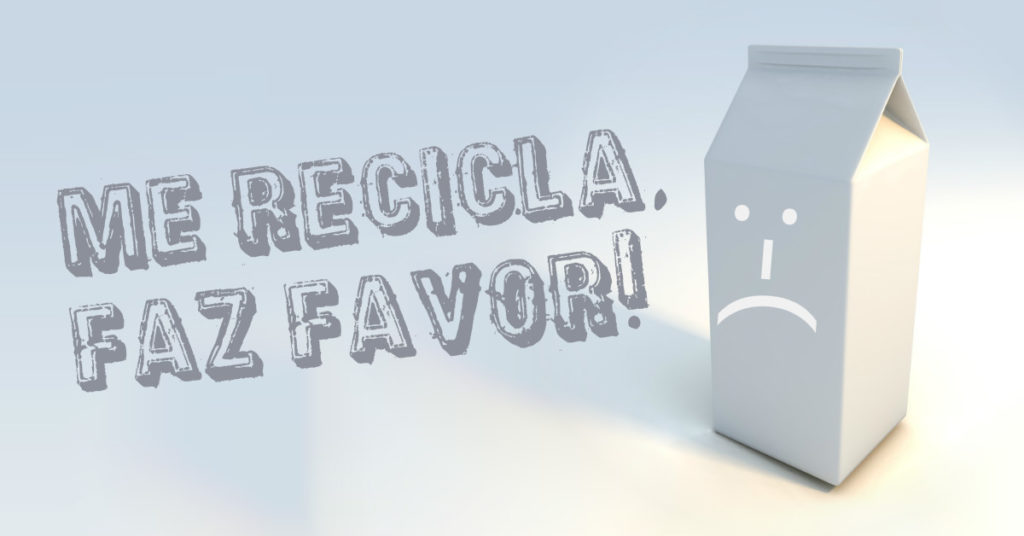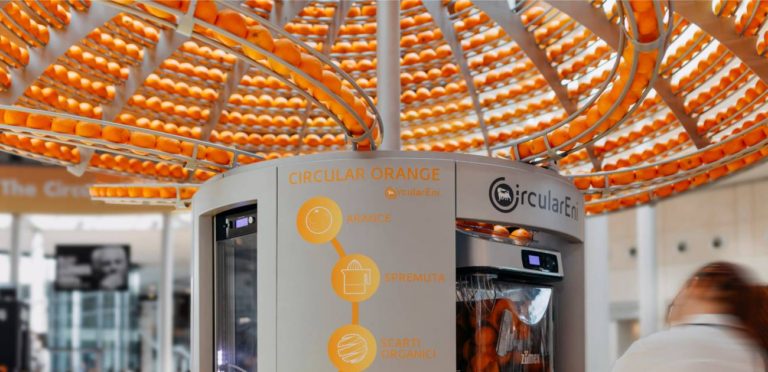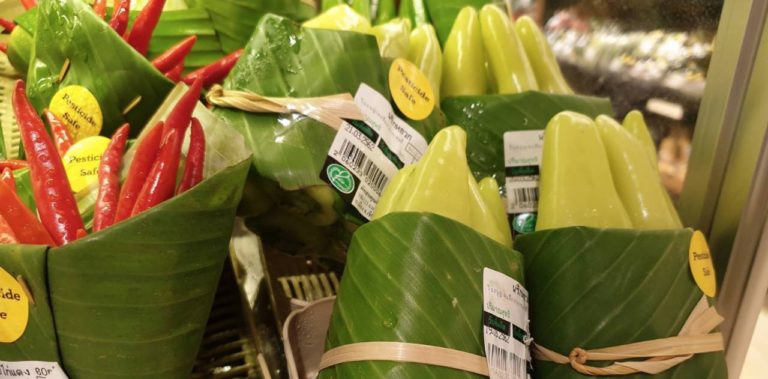Advertisements
A Long-Life Packaging is widely known and used in the daily lives of millions of people. From milk cartons to juices and ready-made foods, they are found in almost every home. The big difference with this type of packaging is its promise of being 100% recyclable, but the reality is not as simple as it seems. Although it is technically recyclable, many Long-Life packages do not reach the correct destination and end up in landfills. In this post, we will explore the challenges and solutions for recycling these packages, and how you can contribute to increasing the recycling rate of Long-Life.

What is Long-Life Packaging?
To the Long-Life Packaging They are made of composite materials that allow food to be preserved for long periods without the need for refrigeration. They are made up of several layers, the main one being cardboard, followed by layers of aluminum and plastic. This combination prevents the passage of light, oxygen and moisture, ensuring the integrity of the product.
These packages, developed by companies such as Tetra Pak and SIG Combibloc, are an efficient solution for food preservation. However, despite being widely used, only a small fraction of these packages are actually recycled. According to Tetra Pak, in 2017, only 25% of the packages were recycled. This means that billions of packages still do not receive proper treatment.

The Challenges of Recycling Long-Life Packaging
Although they are recyclable, several factors make large-scale recycling difficult. Long-Life Packaging. These challenges include:
- Multimaterial: Long-Life packaging is made from various materials, such as paper, plastic and aluminum. Separating these components requires specific technology, which makes the recycling process more expensive and laborious.
- Contamination: Packaging is often discarded with food waste, which hinders the recycling process. Liquids and organic residues contaminate the recyclable material and require extra cleaning.
- Low Resale Value: The value of the materials that make up Long-Life packaging is low. This means that many recycling cooperatives and collectors have little interest in collecting this packaging.
These obstacles end up reducing the recycling chain's interest in processing Long-Life packaging, despite its recyclable potential.
Why Is Long-Life Packaging Still Not Widely Recycled?
The challenges mentioned above result in a low recycling rate of Long-Life Packaging. Furthermore, the lack of adequate infrastructure and the absence of government incentives are crucial factors that hinder efficient selective collection.
Correctly separating these packages is a fundamental but often overlooked step. However, this responsibility does not fall solely on consumers, but also on governments, industries and recycling cooperatives. Raising awareness of the importance of correct disposal and investing in recycling infrastructure are essential to ensure that more Long-Life packages are recycled.
What Can You Do to Improve Packaging Recycling?
As a consumer, you can adopt some simple practices to ensure that your Long-Life Packaging are recycled properly:
- Clean the packaging: Rinse Long-Life packaging before discarding it. This prevents contamination and makes the work of recycling cooperatives easier.
- Crush and cover: After using all the contents of the package, crush it to reduce the volume and then close it again. This helps with storage and transportation.
- Correct separation: Check local recycling instructions and separate Long-Life packaging from other recyclable materials such as glass, paper and metal.
By adopting these practices, you facilitate the recycling process and directly contribute to increasing recycling rates. packaging .
Alternatives to Long-Life Packaging
Although the Long-Life Packaging is a practical and efficient option for food preservation, there are more sustainable alternatives that can be considered. For example:
- Reusable packaging: Some companies are already investing in returnable packaging, which can be reused several times before being discarded.
- Glass: Glass is a sustainable and widely recyclable alternative. Although it is more expensive to produce and heavier, it can be a viable choice for some types of food.
- Recycled plastic: Some plastic packaging is made from recycled material and can be recycled again after use, representing a more sustainable alternative.
These options are not yet as popular as packaging, but they are alternatives to consider to reduce environmental impact.
How to Contribute to a Sustainable Recycling Cycle?
For recycling to occur packaging To be effective, it is necessary for the whole society to participate in the process. This involves everything from conscious consumption to correct disposal. Some tips to contribute to this sustainable cycle include:
- Education and awareness: Get informed and share information about recycling packaging. The more people know how to dispose of waste correctly, the greater the amount of packaging that can be recycled.
- Pressure companies and governments: Encourage companies to adopt more sustainable practices and lobby local governments to invest in recycling infrastructure and awareness campaigns.
- Participate in selective collection: Check if your condominium or neighborhood has selective collection programs. If there isn’t, encourage the creation of one. Selective collection is essential for ensuring that Long-Life packaging reaches the correct destination.
To the packaging are recyclable, but face challenges that prevent most of them from being effectively recycled. However, as consumers, we can adopt practices that facilitate correct disposal and increase the recycling rate of these packages. Awareness and joint efforts between governments, industries and consumers are essential to ensure the recyclable potential of packaging be fully utilized.
Remember, every little action counts. Recycle your packaging and help build a more sustainable future!
Check out other interesting facts about recycling clicking here.
Learn how to make art by recycling, Click here.




This topic is very important, I liked it!